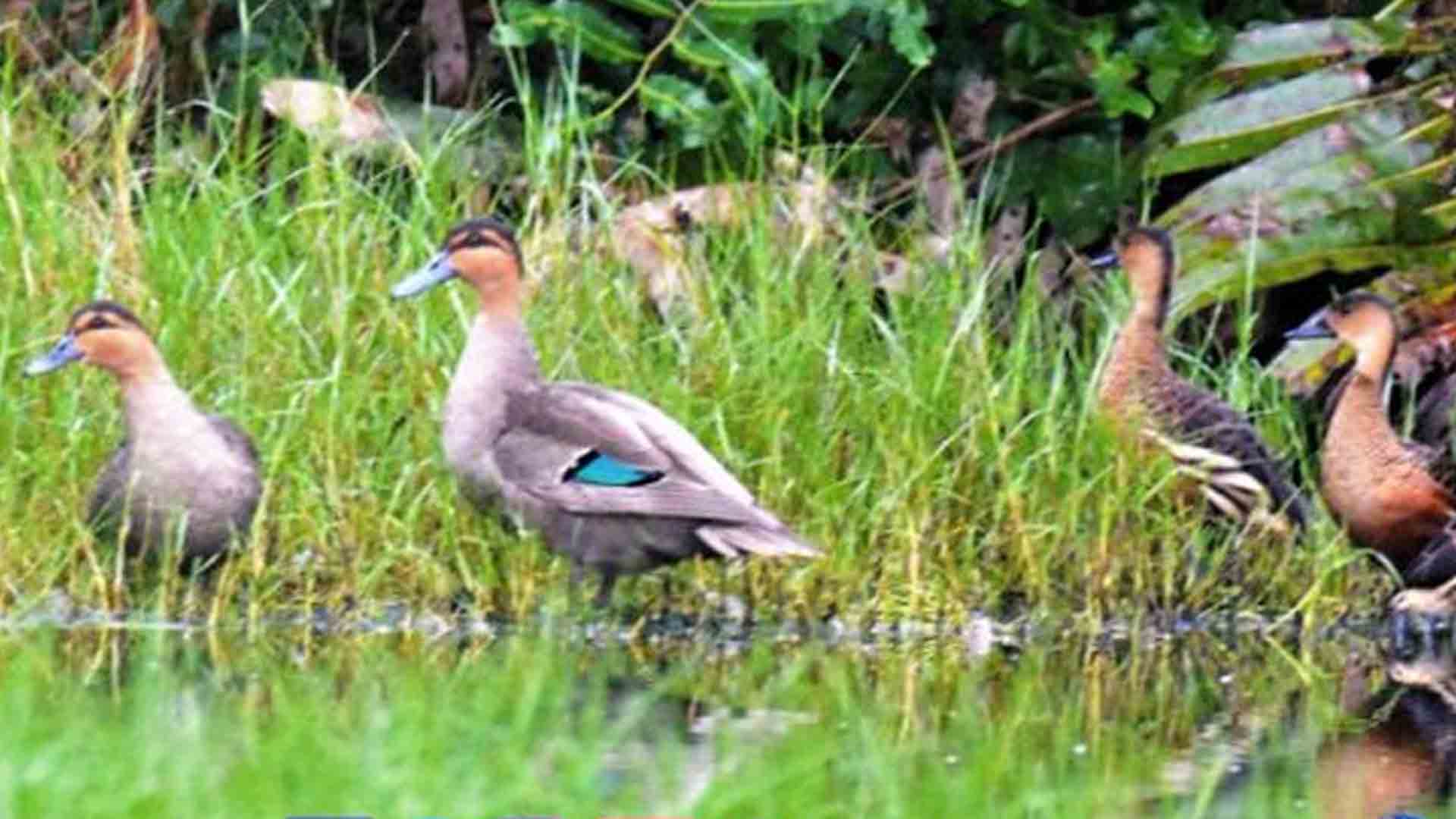The Department of Environment and Natural Resources (DENR) has recorded at least 2,173 endemic and migratory waterbirds in its latest survey held in seven sites in Eastern Visayas.
In a report released Thursday, the DENR 8 (Eastern Visayas) said the Asian Waterbird Census (AWC) was conducted from Jan. 9 to 20.
It recorded the sighting of egrets, herons, Philippine ducks, shanks, common sandpipers, plovers, moorhens, curlews, terns, kingfishers, black-winged stilts, great knots, and crows.
The department also reported a rare sighting of the Eurasian coot in the Maqueda Bay Wetlands.
Known as the Australian coot, it is a distinctive stocky waterbird with dark gray overall color with a white bill and forehead shield.
“This is our first sighting of the Eurasian coot since the annual waterbird census was conducted in the region. The bird is commonly found in Europe, Asia, the Australian continent, and some parts of North Africa and prefers habitats, such as wetlands, lakes, and ponds,” said Ingelina Lantajo, chief of the DENR-8’s protected area management and biodiversity conservation section.
The AWC sighted the 2,173 birds in Lake Bito Inland Wetlands in MacArthur, Leyte; Carigara Bay Wetlands in Carigara, Leyte; Ormoc Bay Wetlands in Ormoc City; Tres Marias Islands in Palompon, Leyte; St. Bernard Sanctuary in St. Bernard Southern Leyte; Maqueda Bay Wetlands in Paranas, Motiong, and Jiabong in Samar; and Guiuan Intertidal Flats in Guiuan, Eastern Samar province.
Lantajo observed that this year’s bird count is higher than last year’s census.
“This is attributed to the abundance of food in the region’s wetlands and continuous public awareness campaign on the importance of protecting and conserving wildlife species,” she added.
The DENR has called on the public not to cull or chase migratory birds to protect themselves from avian-related diseases.
Killing and destroying wildlife is also illegal and punishable under the country’s wildlife law.
The AWC is conducted every year to provide the basis for estimates of the waterbird population, monitor changes in waterbird numbers and the distribution of waterbirds in wetlands, and increase awareness of the importance of waterbirds and their wetland habitats.
The data collected by the AWC contributes to local and global conservation activities.
The AWC is an annual event and takes place during the second and third weeks of January.
The census was initiated in 1987 in the Indian subcontinent and has grown rapidly to cover 26 countries in South Asia, East Asia, Southeast Asia, the Pacific, as well as Russia Far East.
It is primarily carried out by volunteers from universities and school staff and students, nature club members, amateur and professional ornithologists, government and non-governmental agencies related to forestry, wildlife, or wetland conservation, and others. (PNA)








